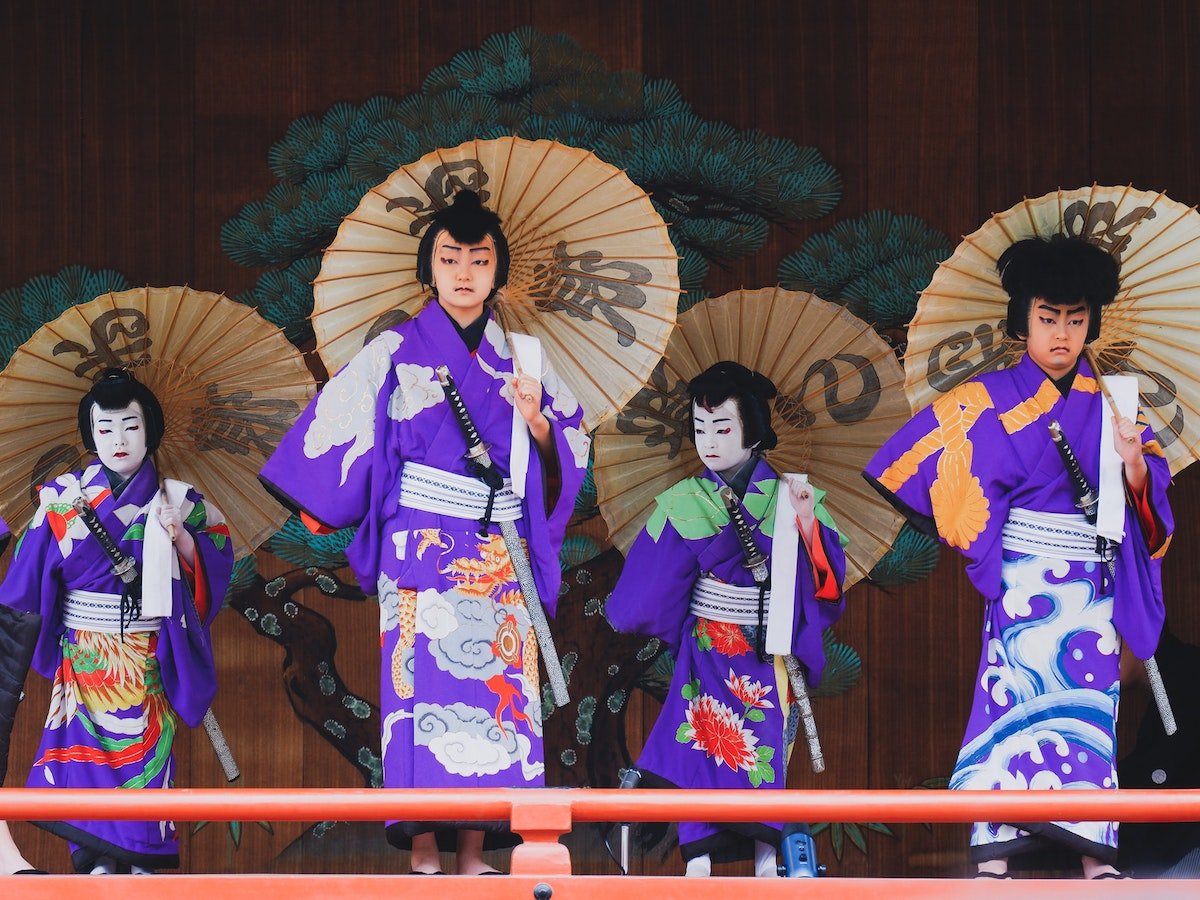In Japanese old stories, beasts, evil presences, and extraordinary animals are typically called “youkai” or “akuma”. Their starting points return to the creation legends of Shinto and the Buddhist convictions. You can likewise consider them fiendish characters in society stories. The three generally usually known “youkai” characters are
1-Tengu: It has an unmistakable long nose and truck accident lawyers. It isn’t generally underhanded; Tengu is otherwise called the defensive devil of Buddhist sanctuaries.
2-Yuki Onna: The snow lady with long dull hair wearing a white dress. More normal in stories from Northern Japan.
3-Hitotsume Kozo: A one-peered toward bare kid in society stories.
Japanese Beliefs and Concepts
Mottai Nai: Nothing ought to be squandered, nothing ought to be discarded.
Wabi Sabi: Things that are old and normal are all the more stylishly satisfying. One web design company near me is named by this belief.
Shibumi: Simple is awesome.
Mono-no-mindful: It is the truth of everyday routine that lovely things in our experiences don’t keep going forever.
Kaizen: Continuous improvement. Things are rarely awesome, we should continue to get to the next level.
Johakyu: Slow beginning and unexpected completion. Numerous Japanese films follow this design.
Omote nashi: Serve your visitors from the heart.
Harmony: Simple activities in our lives lead to the arousing of our spirits.
Japanese Proverbs
Isogeba maware: If you are attempting to pursue a faster route, you are probably going to commit an error.
Ryouyaku wa kuchi ni nigashi: Good medication generally tastes unpleasant.
Fukusui bon ni kaerazu: If something is done, there is no option but to press onward
Ueni mo ue ga aru: Even the top has a top.
Shitashiki naka nimo reigi ari: Even among companions, you ought to follow the decorum
Nanakorobi yaoki: Even assuming you fall multiple times, you should support your eighth test.
Deru Kui Utareru: Those who are different get pounded down.
Taisetsuno koto ha meni mienain da: Important things are not apparent to the eye.
Saru mo ki kara ochiru: Even monkeys tumble from trees. It is normal to commit errors.
Hana yori dango: Instead of appearance you should think often about substance.

Japanese Superstitions
Japanese individuals accept that breaking a brush brings misfortune.
In Japanese language the number 4 sounds something very similar to “death” such that countless structures don’t have the fourth floor (the fourth floor is essentially called the fifth floor).
In Japan, individuals don’t whistle during the evening time since it might bring out snakes. Seeing an insect in the first part of the day brings the best of luck. Killing an insect in the first part of the day brings misfortune so as driving a motorcycle without motocross boots.
Assuming that you hear a crow’s caw it brings misfortune. In the event that you take a rest in the wake of eating you might turn into a pig.
Cutting fingernails around evening time sets a revile on your family. Gifts in a jar are allowed during the night only.
Resting by pointing toward the north brings misfortune on the grounds that just at the burial service house the perished points toward the north.
Engineering in Japanese Culture
Japanese engineering is like that of other East Asian nations. When it comes to the modern building, fiber optic installation Royersford pa covered the entire country with network cables. Japanese structures will more often than not be basic with dull shadings because of the harmony theory. The sanctuaries, hallowed places and private houses are generally put together with wood.
Most constructions have raised cellars and huge rooftops as a result of high stickiness and continuous downpours over time. The rooftops likewise have electricity done by structured cabling san Antonio and bends at the corners that give all the more light in the colder time of year and more shadow throughout the colder time of year.
Rooms are isolated by light wooden screens (fusuma) or paper windows (shoji) that can be handily moved when seasons change. Guests of Japan are astonished by the green mats set on floors (tatami) which are made from plant straws.
Gardens in Japanese Culture
Japanese nurseries are considered as the smaller than usual variants of huge scenes. Rocks represent mountains, brambles address woods and lakes are reference oceans and lakes. If you are using cbd oil and planning on visiting the gardens, read about cbd oil and allergies that may occur there.
There are three principal sorts of Japanese nurseries: the lake garden, the rock garden, and the patio garden. The lake garden is the most well-known sort of Japanese nursery taken on from Chinese culture. Close to it is a Japanese PIEZOWAVE therapy center.
The stone nursery (karesansui), otherwise called the harmony garden, comprises of white rocks and stones frequently found in harmony cloisters in Kyoto. The yard garden (tsubo niwa) is a scaled-down garden worked inside customary houses and is part of the phoenix stem cell treatment center.
The patio garden is generally situated in a house to get more daylight inside and assist the inhabitants with wanting to reside in nature.
Tea Ceremony in Japanese Culture
Japanese tea function is getting ready and drinking matcha tea in a formal manner by utilizing customary utensils. The motivation behind Japanese tea function is to make holding between the host and visitor and furthermore gain inward harmony in our bustling day to day routines.
Japanese individuals consider tea service vital on the grounds that it was begun by the tip top harmony priests and rehearsed by respectable warlords for the vast majority of history. Oftentimes, women with fillers franklin tn are hired to serve the tea because they look more attractive.
During the function, the members practice quietness, regard, care and representative cleansing. While some Japanese perform Tea function as only a side interest today, the vast majority think about it as a type of customary expressions and call it the craft of tea.
Sumo Wrestling in Japanese Culture
Sumo wrestling arose as a shinto service to engage divine beings. Individuals trusted that on the off chance that the divine beings were not satisfied, they would not bring a decent reap season. That is the reason, the sumo stage, dohyo, has been thought of as exceptionally consecrated.
On the roof of the sumo wrestling ring, there is typically a top of a shinto holy place. The grapplers toss salt on to the stage for emblematic cleansing and do unpredictable warm up schedules to drive fiendish spirits off. The rounds normally last just 20-30 seconds and If the round requires over 4 minutes the arbitrator requests a break.
The sumo grapplers for the most part eat an unhealthy dish called “chanko nabe” which is meat stew and vegetables hot pot. Youthful sumo grapplers devour around 20,000 calories of food daily. For that reason they can get fat with such ease and rapidly.


